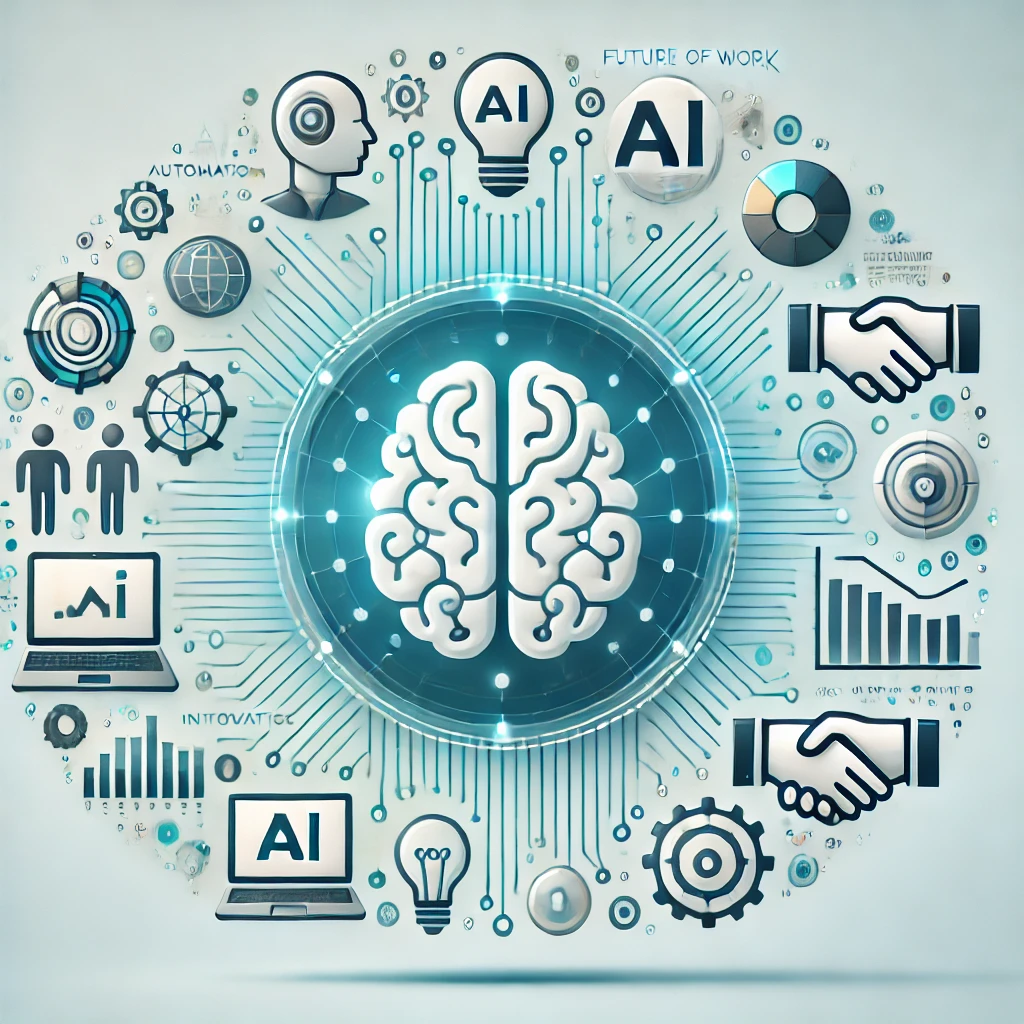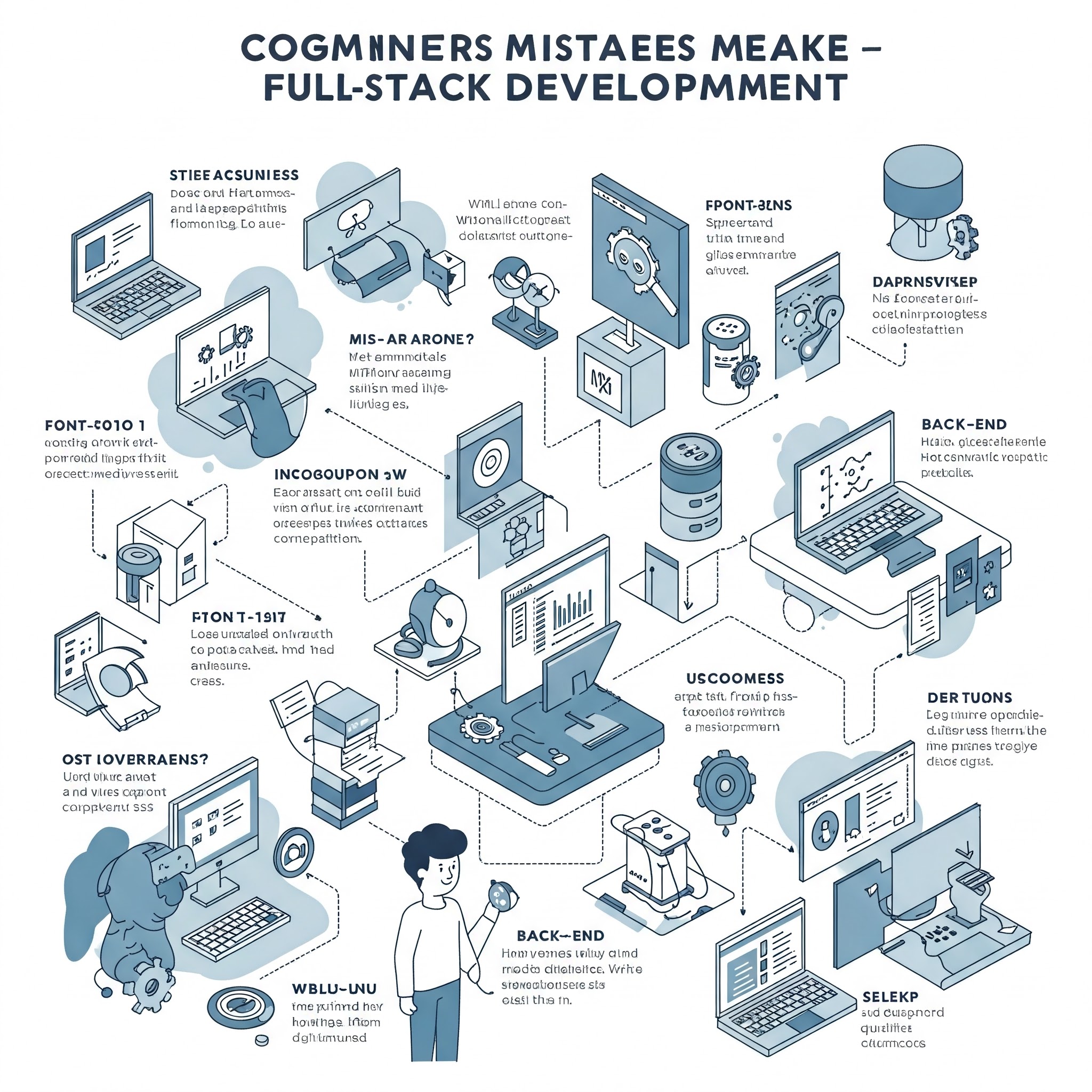The rise of artificial intelligence (AI) and machine learning (ML) represents one of the most significant technological shifts of our time, fundamentally reshaping how we work, what jobs exist, and the skills needed to thrive in the modern economy. As these technologies continue to evolve at breakneck speed, workers, employers, and policymakers grapple with a complex landscape of unprecedented opportunities alongside genuine challenges.
The Transformation Landscape
AI and ML are not merely automating routine tasks—they’re reimagining entire industries. From healthcare diagnostics powered by computer vision to financial trading algorithms that process market data in microseconds, these technologies are creating new paradigms for how work gets done. Unlike previous industrial revolutions that primarily affected manual labor, the current AI revolution touches virtually every sector, including knowledge work that was once considered immune to automation.
The transformation is happening across multiple dimensions simultaneously. Customer service chatbots handle routine inquiries while human agents focus on complex problem-solving. AI-powered design tools accelerate creative workflows, allowing designers to iterate faster and explore more possibilities. In manufacturing, predictive maintenance systems prevent costly breakdowns while optimizing production schedules in real-time.
Emerging Opportunities
The job market is witnessing the birth of entirely new career paths that didn’t exist a decade ago. AI engineers, machine learning specialists, and data scientists are in high demand, commanding premium salaries as organizations race to integrate these technologies. But the opportunities extend far beyond technical roles.
AI trainers work to improve algorithm performance by providing feedback and refining training data. Prompt engineers craft instructions that help AI systems produce better outputs. Ethics specialists ensure AI systems operate fairly and transparently. These roles require a blend of technical understanding and domain expertise, creating pathways for professionals to transition into AI-adjacent careers.
Traditional roles are also evolving rather than disappearing. Doctors use AI diagnostic tools to identify diseases earlier and more accurately, enhancing rather than replacing their clinical judgment. Financial advisors leverage AI-powered market analysis to provide more informed investment recommendations. Teachers use adaptive learning platforms to personalize education for each student’s needs.
The gig economy has found new life through AI platforms that match workers with opportunities more efficiently. Freelancers can access AI tools that help them produce higher-quality work faster, potentially increasing their earning potential. Small businesses can compete with larger enterprises by using AI to automate processes that previously required significant human resources.
Significant Challenges
The transition is not without its difficulties. Job displacement represents the most immediate concern, particularly for roles involving routine cognitive tasks. Data entry clerks, basic financial analysts, and entry-level content creators face increasing competition from AI systems that can perform similar functions at scale.
The skills gap presents another formidable challenge. Many existing workers lack the technical literacy needed to work effectively alongside AI systems. This creates a two-tier job market where those with AI-relevant skills command higher wages while those without face diminished prospects. The pace of technological change often outstrips the ability of educational institutions and training programs to adapt their curricula.
Geographic inequality compounds these challenges. AI adoption tends to concentrate in urban tech hubs, potentially leaving rural and post-industrial communities behind. Companies may consolidate operations in locations with better AI infrastructure and talent pools, leading to regional economic disparities.
The psychological impact of AI in the workplace cannot be overlooked. Many workers experience anxiety about job security, while others struggle with the learning curve required to adopt new AI tools. The constant need to upskill and adapt can create stress and burnout, particularly among older workers who may feel less comfortable with rapidly evolving technology.
Industry-Specific Impacts
Different sectors are experiencing varying degrees of AI disruption. Healthcare is seeing remarkable advances in diagnostic accuracy and drug discovery, creating opportunities for AI-assisted medical professionals while potentially reducing demand for certain diagnostic roles. The financial sector has embraced algorithmic trading and robo-advisors, transforming how investment decisions are made and executed.
Transportation faces perhaps the most visible AI revolution with autonomous vehicles. While the technology promises safer roads and more efficient logistics, it threatens millions of driving jobs globally. The timeline for this transition remains uncertain, giving workers and policymakers time to prepare adaptation strategies.
Creative industries present a particularly interesting case study. AI can generate art, write content, and compose music, leading to concerns about the future of creative professions. However, many creative professionals are finding ways to incorporate AI as a collaborative tool, using it to overcome creative blocks and explore new possibilities rather than viewing it as a replacement.
Preparing for the AI-Driven Future
Success in the AI era requires a strategic approach to skill development and career planning. Technical skills remain important, but equally crucial are uniquely human capabilities that complement AI systems. Critical thinking, emotional intelligence, complex problem-solving, and creative reasoning become more valuable as AI handles routine tasks.
Continuous learning transforms from a career advantage to a necessity. Workers must cultivate adaptability and embrace lifelong education to remain relevant. This might involve formal courses, online certifications, or hands-on experimentation with AI tools relevant to their field.
Organizations bear responsibility for supporting their workforce through this transition. Forward-thinking companies are investing in comprehensive retraining programs, creating internal mobility opportunities, and designing human-AI collaboration frameworks that leverage the strengths of both. Some are experimenting with reduced working hours or universal basic income pilots to address displacement concerns.
The Role of Policy and Regulation
Government intervention becomes crucial in managing the societal impacts of AI adoption. Progressive taxation policies might help redistribute the economic benefits of AI productivity gains. Investment in education and retraining programs can help workers transition to new roles. Social safety nets may need strengthening to support those displaced during the transition period.
International cooperation on AI governance can help ensure that the benefits of these technologies are shared broadly rather than concentrated among a few dominant players. Standards for AI transparency, fairness, and accountability can help build public trust while encouraging responsible innovation.
Looking Ahead
The future job market will likely be characterized by increased human-AI collaboration rather than wholesale replacement. The most successful workers will be those who can effectively partner with AI systems, leveraging their capabilities while contributing uniquely human insights and judgment.
New job categories will continue to emerge as AI capabilities expand. We may see the rise of AI psychologists who study and improve human-AI interaction, digital archaeologists who preserve and interpret data from previous AI systems, or AI anthropologists who study the cultural impacts of artificial intelligence.
The key to navigating this transformation successfully lies in proactive preparation and adaptive thinking. Rather than fearing AI as a threat, we can approach it as a powerful tool that, when properly managed, has the potential to create more fulfilling work experiences and unlock human potential in ways we’re only beginning to imagine.
The AI revolution is not a distant future phenomenon—it’s happening now. By understanding both the opportunities and challenges it presents, we can work together to shape a future where technology serves humanity’s best interests while creating prosperity and meaningful work for all.
At 7Shades Digital, we specialised in creating strategies that help businesses excel in the digital world. If you’re ready to take your website to the next level, contact us today!





